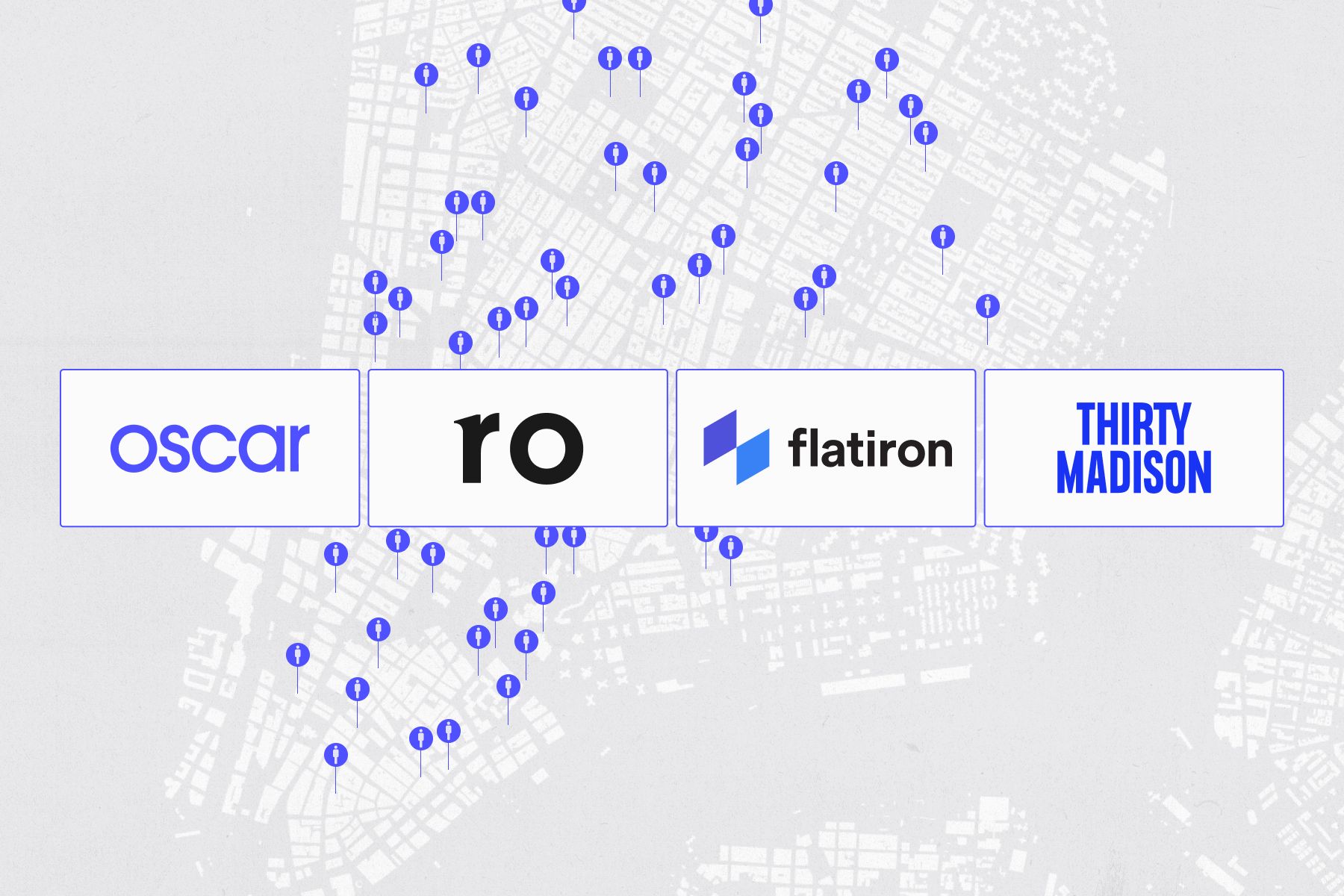Why Fintech Startups Aren’t Killing Banks — Yet

“Fintech” is one of this year’s most ubiquitous buzzwords; it has spawned any number of colorful infographics about the future of finance and banking. Some of these are merely a collection of logos, while others represent a more structured attempt to classify this new generation of players taking on financial services.
All, however, convey the same idea: Tech is coming for banking, and unwary banks will quickly be replaced by startups. While such illustrations make great clickbait, they also, unhelpfully, oversimplify what’s going on. The truth is much less alarming — and far more interesting.
Institutional Banks: Too Big To Fail?
To get a more accurate picture of the fintech craze, it’s best to first understand where banks actually stand in the larger financial picture. Unlike startups, banks have had decades to build extensive infrastructures, develop solutions for compliance and regulatory challenges, establish close networks with other financial institutions and, most importantly, earn consumer trust.
Startups may dismiss these foundational building blocks as just “dumb pipes” or point to the damage done to banks’ reputations in the last financial crisis, but the truth is that the average consumer is far more likely to put their cash into a major bank than a months-old startup — even if both are overseen by the same regulator.
Banks also have leverage over startups because someone still needs to hold the world’s money, ensure compliance and so on, and building a mature institution’s full technology stack — or its equivalent — from scratch is expensive, difficult and time-consuming.
Some enterprising banks may even realize that running a banking framework might be very lucrative if it is done thoughtfully and cost-effectively. A few could embrace being an infrastructure firm supporting today’s new wave of fintech companies, becoming banking’s equivalent of Amazon Web Services. Others may open up more to startups through their own “App Store,” offering customers startup apps running on their infrastructure. No matter how poor and unintuitive a bank’s online and in-app services may be, the masses of consumers haven’t switched yet.
The Startups That Should Have Banks Worried
That said, banks as we currently know them are vulnerable. Today’s fintech startups have learned to leverage banks’ weaknesses and offer improved services and ease-of-use not by imitating banks but by creating a new layer on top of existing infrastructure. In time, these startups, which are amazing user acquisition tools, will increase the flow of money and increase transactions settled by banks — so much so, that customers may eventually switch for good, relegating the bank to just an infrastructure and operations play. If that happens, it could have a detrimental effect on the banks’ branding, visibility and, ultimately, their role in the market.
This trend is not just limited to banking. Startups such as Robinhood are disrupting investing by targeting millennials and offering simple, app-driven free stock trades. These companies promise transparency and accessibility and hope to turn an area of finance previously the preserve of the wealthy into a mass-market proposition. Traditional brokerages look slow and expensive in comparison. Other new entrants are targeting niches such as international money transfers, loans and payments.
The most lethal startups from the bank’s perspective, and the most interesting for us as investors, are those that don’t become just a layer on top of banks, but have built their own infrastructure from scratch, in a full-stack way. They operate partly as banks themselves and are free of a dependency on other players. Long term, the hope for the customer (and the threat to the banks) is that there will be a winner who can give us a full service “bank in an app.”
Over time, more startups will go this way, including some that may have started in the form of a user-layer. These are the startups that have the most potential to disrupt the financial sector — something that’s difficult to see in a large infographic of hundreds of fintech startups, but there are a few already, Adyen being just one example.
The Future Of Fintech
So where are we headed? Consumers, led by fickle millennials, will gradually switch to these newcomers. However, it’s unlikely that banks will fade away entirely. Even though a few more startups will force their way into the ecosystem and compete directly with banks, for now and in the near term, the majority are continuing to depend on banks’ infrastructure. The response from banks will be mixed, as some learn to innovate themselves, while others just copy — or acquire — the solutions created by entrepreneurs. In my view, at least one bank may become a true infrastructure bank for startups, and we might even see some startups begin to merge, developing a full-service banking play one piece at a time. Finally, we might see new challengers come along in the form of the big tech firms. Apple, Google or even PayPal might begin to leverage their consumer relationships to deliver financial services, edging out both the incumbents and the newcomers. It’s an exciting time to be a part of the technology and financial services sector. We are beyond the stage where it’s easy to get impressed by the number of new fintech startups on a chart. Now is the time to start considering what the future truly looks like, and plan how to get there.This post was originally published on TechCrunch.
So where are we headed? Consumers, led by fickle millennials, will gradually switch to these newcomers. However, it’s unlikely that banks will fade away entirely. Even though a few more startups will force their way into the ecosystem and compete directly with banks, for now and in the near term, the majority are continuing to depend on banks’ infrastructure.
The response from banks will be mixed, as some learn to innovate themselves, while others just copy — or acquire — the solutions created by entrepreneurs. In my view, at least one bank may become a true infrastructure bank for startups, and we might even see some startups begin to merge, developing a full-service banking play one piece at a time. Finally, we might see new challengers come along in the form of the big tech firms. Apple, Google or even PayPal might begin to leverage their consumer relationships to deliver financial services, edging out both the incumbents and the newcomers.
It’s an exciting time to be a part of the technology and financial services sector. We are beyond the stage where it’s easy to get impressed by the number of new fintech startups on a chart. Now is the time to start considering what the future truly looks like, and plan how to get there.
This post was originally published on TechCrunch.
Published — Nov. 10, 2015

